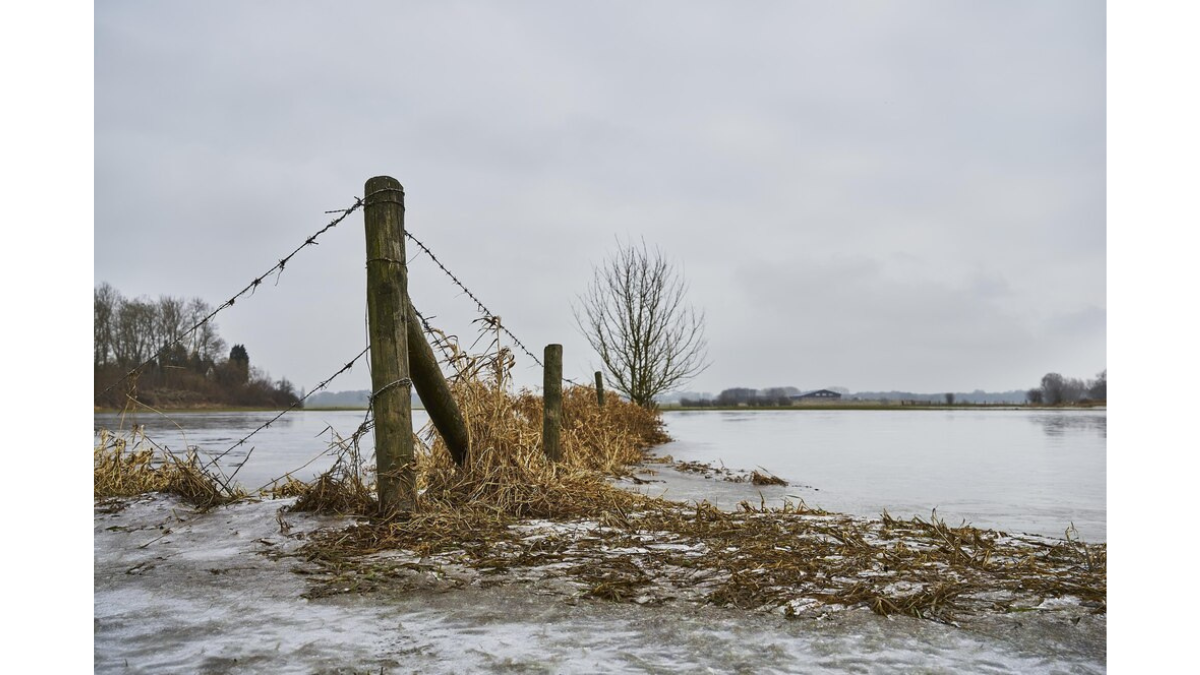Lake effect snow warning can be both fascinating and concerning, especially for those living in regions prone to this meteorological phenomenon. Understanding what triggers it, how to interpret warnings, and how to prepare can make a significant difference in safety and readiness. In this detailed guide, we delve into the intricacies of lake effect snow warnings, providing insights, tips, and essential information to help you navigate these weather events effectively.
What is Lake Effect Snow Warning?
Lake effect sno;w warning is a meteorological advisory issued by authorities to alert residents of an imminent or ongoing occurrence of heavy snowfall resulting from a specific atmospheric condition known as lake effect sno’w.
Lake effect snow occurs when cold air passes over relatively warmer waters, such as those of the Great Lakes in North America, picking up moisture and heat. As the air rises, it cools and condenses, forming snow clouds and subsequently heavy snowfall when it reaches land.
Understanding this phenomenon is crucial for residents in affected areas to prepare adequately for potential disruptions and safety hazards.
The Science Behind Lake Effect Snow Warning
Lake effect snow warning is rooted in the science of atmospheric dynamics, involving temperature differentials, wind patterns, and moisture content.
- Temperature Differentials: Significant temperature disparities between the air masses over the water and land play a pivotal role in the formation of lake effect snow. Colder air moving over relatively warmer lake waters leads to rapid evaporation and moisture uptake, creating the ideal conditions for snow cloud formation.
- Wind Patterns: Wind direction and speed dictate the trajectory and intensity of lake effect snow bands. When cold air masses originating from the north or northwest traverse the length of a large body of water, they accumulate moisture and unleash snowfall upon reaching downwind regions.
- Moisture Content: The moisture content of the air mass passing over the lake directly influences the volume and intensity of snowfall. Higher moisture levels lead to heavier snowfall, whereas drier air results in lighter precipitation.
Understanding these scientific principles aids meteorologists in forecasting and issuing timely lake effect snow warnin’gs, allowing communities to prepare and mitigate potential risks.
Interpreting Lake Effect Snow Warning
Interpreting a lake effect snow warning involves understanding the severity, duration, and potential impacts of the impending weather event. Here’s what to consider:
- Severity: Lake effect snow warnings are categorized based on the expected snowfall rates and accumulations. Pay attention to the severity level mentioned in the warning, as it indicates the potential for hazardous conditions and travel disruptions.
- Duration: Lake effect snow warnings typically specify the duration of the expected snowfall, ranging from a few hours to several days. Prepare accordingly by stocking up on essentials and ensuring adequate heating and insulation.
- Impacts: Consider the potential impacts of heavy snowfall, such as reduced visibility, slippery roads, and power outages. Take proactive measures to safeguard yourself, your family, and your property.
Preparing for a Lake Effect Snow Warning
Preparation is key to minimizing the impact of a lake effec’t snow warning on your daily life and safety. Here are essential steps to take:
- Stock Up on Essentials: Prior to the onset of heavy snowfall, ensure you have an ample supply of food, water, medications, and other essentials to last several days.
- Winterize Your Home: Prepare your home for cold temperatures and potential power outages by insulating pipes, sealing drafts, and stocking up on firewood or alternative heating sources.
- Check Emergency Supplies: Verify the functionality of emergency equipment such as generators, flashlights, batteries, and first-aid kits. Keep these items readily accessible in case of emergencies.
Staying Safe During a Lake Effect Snow Warning
During a lake effect snow warnin’g, prioritize safety and exercise caution when venturing outdoors. Follow these guidelines:
- Limit Travel: Avoid unnecessary travel during heavy snowfall, as road conditions may be treacherous and visibility limited. If travel is unavoidable, drive slowly and maintain a safe distance from other vehicles.
- Dress Warmly: Layer clothing to stay warm and dry in cold temperatures. Wear insulated, waterproof boots and gloves to protect against frostbite and hypothermia.
- Stay Informed: Monitor weather updates and heed advisories issued by local authorities. Stay tuned to radio or television broadcasts for the latest information and instructions.
Conclusion
Navigating a lake effect snow warnin’g requires awareness, preparation, and vigilance. By understanding the science behind this meteorological phenomenon, interpreting warning signs, and taking proactive measures, you can minimize risks and ensure the safety of yourself and your loved ones. Stay informed, stay safe, and be prepared for whatever nature brings your way.
FAQs
What Causes Lake Effect Snow?
Lake effect snow occurs when cold air masses pass over warmer bodies of water, such as the Great Lakes, picking up moisture and heat, leading to the formation of snow clouds and subsequent heavy snowfall.
How Can I Prepare for a Lake Effect Snow Warning?
To prepare for a lake effect snow warnin’g, stock up on essentials, winterize your home, check emergency supplies, and stay informed about weather updates and advisories.
Is Lake Effect Snow Warning Dangerous?
Lake effect sno;w warnings can pose safety hazards due to reduced visibility, slippery roads, and potential power outages. It’s essential to take precautions and heed advisories issued by authorities.
What Should I Do During a Lake Effect Snow Warning?
During a lake effec’t snow warning, limit travel, dress warmly, and stay informed about weather conditions. Avoid unnecessary risks and prioritize safety for yourself and others.
How Long Does Lake Effect Snow Warning Last?
The duration of a lake effect snow warning varies depending on the intensity and trajectory of the sno’w bands. It can last from a few hours to several days, with significant accumulations possible.
Can Lake Effect Snow Warning Lead to School Closures?
Yes, lake effect sno;w warnings with severe snowfall predictions can result in school closures and disruptions to daily activities. It’s important to stay updated on school closure announcements and follow safety protocols.











